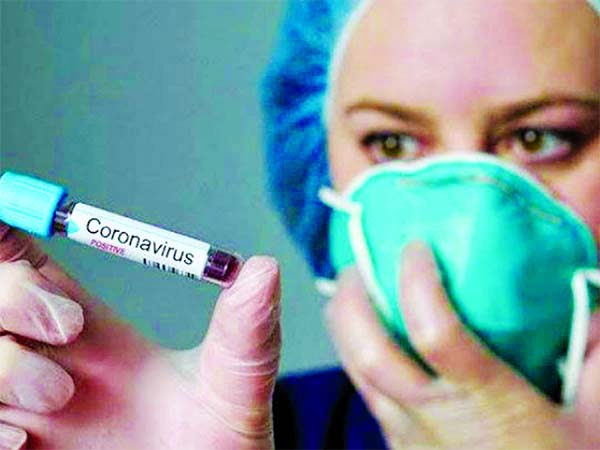
Stability and infectiousness on the surfaces: Viral stability depends on many factors, including temperature (4-25 ?C) and humidity (40-50%), and air quality. SARS-CoV-2’s RNA has been detected on various surfaces several weeks after they were last touched. The stability of infectious virions has been seen more on plastic over the copper or steel surfaces.
Similarity with the common cold and flu viruses: The beta-coronavirus severe acute respiratory distress syndrome coronavirus 2 (SARS-CoV-2) has a single strand RNA genome ˜30 kb. The flu caused by other RNA viruses are an entirely different family called influenza viruses. Flu viruses have smaller genomes (˜14 kb) encoded in eight distinct strands of RNA. On the other hand, the ‘common cold’ is caused by a variety of viruses, including some coronaviruses and rhinoviruses. Cold-causing coronaviruses (e.g. OC43 and 229E strains) are quite similar to SARS-CoV-2 in genome length (within 10%) and gene content, but different from SARS-CoV-2 in sequence (˜50% nucleotide identity) and infection severity. The coronaviruses have the largest genomes than the other known RNA viruses. The proofreading mechanism reduces the mutation rate and stabilize the genome in this class of viruses for examples, the exonuclease called ExoN present in coronaviruses explains their low mutation rates (~10-6 per site per cycle) in comparison to influenza (˜3 × 10-5 per site per cycle.
Genome and proteome: SARS-CoV-2 has a single-stranded positive-sense RNA genome that codes for 10 genes to produce 26 proteins. One long gene, orf1ab, encodes a polyprotein that is cleaved into 16 proteins by proteases that are themselves part of the polyprotein. It also encodes an RNA polymerase and associated factors to copy the genome, a proofreading exonuclease, and several other non-structural proteins. The remaining genes code for structural components of the virus: i) the spike (S) protein which binds the cognate receptor on a human or animal cell (e.g., ACE2R); ii) a nucleoprotein (N) that packages the genome; iii) two membrane (M)-bound proteins. However, the roles of accessory proteins are yet to be investigated. Upon going to the research advances to date, it’s possible to ascribe clear biochemical or structural functions to only about half of the SARS-CoV-2 gene products.

Difference between measurements of viral RNA and infectious viruses: We utilize several methodologies to diagnose and quantify thie viruses. Commonly, we quantify the amount of viral RNA in an environmental (e.g., surface) or clinical (e.g., sputum) samples via quantitative reverse-transcription polymerase chain reaction (RT-qPCR). In this method we measure the number of copies of viral RNA in a sample. However, the presence of viral RNA does not necessarily imply the presence of infectious virions as the virions may be defective (e.g., by mutation) or deactivated by environmental conditions. To assess the concentration of infectious viruses, researchers typically measure the ‘50% tissue-culture infectious dose’ (TCID50). However, for many viruses even a small dose of virions can lead to infection, for example, the common cold viruses (~0.1 TCID50) are sufficient to infect half of the people exposed.
Diagnosis before or after contagious: The seasonal flu transmits after a person has developed symptoms, while the SARS-CoV-2 may be contagious before symptoms. The incubation period of SARS-CoV-2 is about 5 days, while peak infectiousness begins 2 days before symptoms arrival. Therefore, a large fraction of infections occurs pre-symptomatically. With testing capacity under strain, diagnosis typically occurs ˜5 days after symptom onset, or ˜10 days after infection. Therefore, most people may already pass peak infectiousness within this period. Thus, in order to effectively slow the growth of the pandemic, it is important to detect infections as early as possible and quarantine those who test positive. In fact, a significant pre-symptomatic transmission has been reported in SARS-CoV-2. However, the overall situation has been further complicated by a large fraction of asymptomatic cases (in which the infected person never develops noticeable symptoms). The latter belongs to more than half of children and young adults. The asymptomatic infections are anywhere between 10-80% as contagious as symptomatic ones.
(Dr. Muhammad Torequl Islam is Assistant Professor, Department of Pharmacy, Life Science Faculty, Bangabandhu Sheikh Mujibur Rahman Science and Technology University. E-mail: [email protected])

